Swedish ivy, with its lush, trailing vines, is a versatile houseplant that elevates both decor and spiritual harmony. Known for its easy care and vibrant energy, it’s a Feng Shui gem that fosters peace and growth.
Want to master Swedish ivy care and enhance your home’s chi? This guide explores its traits, care tips, and Feng Shui benefits to transform your space into a serene sanctuary.
Discovering Swedish Ivy’s Unique Appeal
Swedish ivy, despite its name, isn’t a true ivy but a member of the Lamiaceae family. Its adaptability and low-maintenance nature make it perfect for beginners and ideal for indoor or shaded outdoor settings. Below, we delve into its defining features.
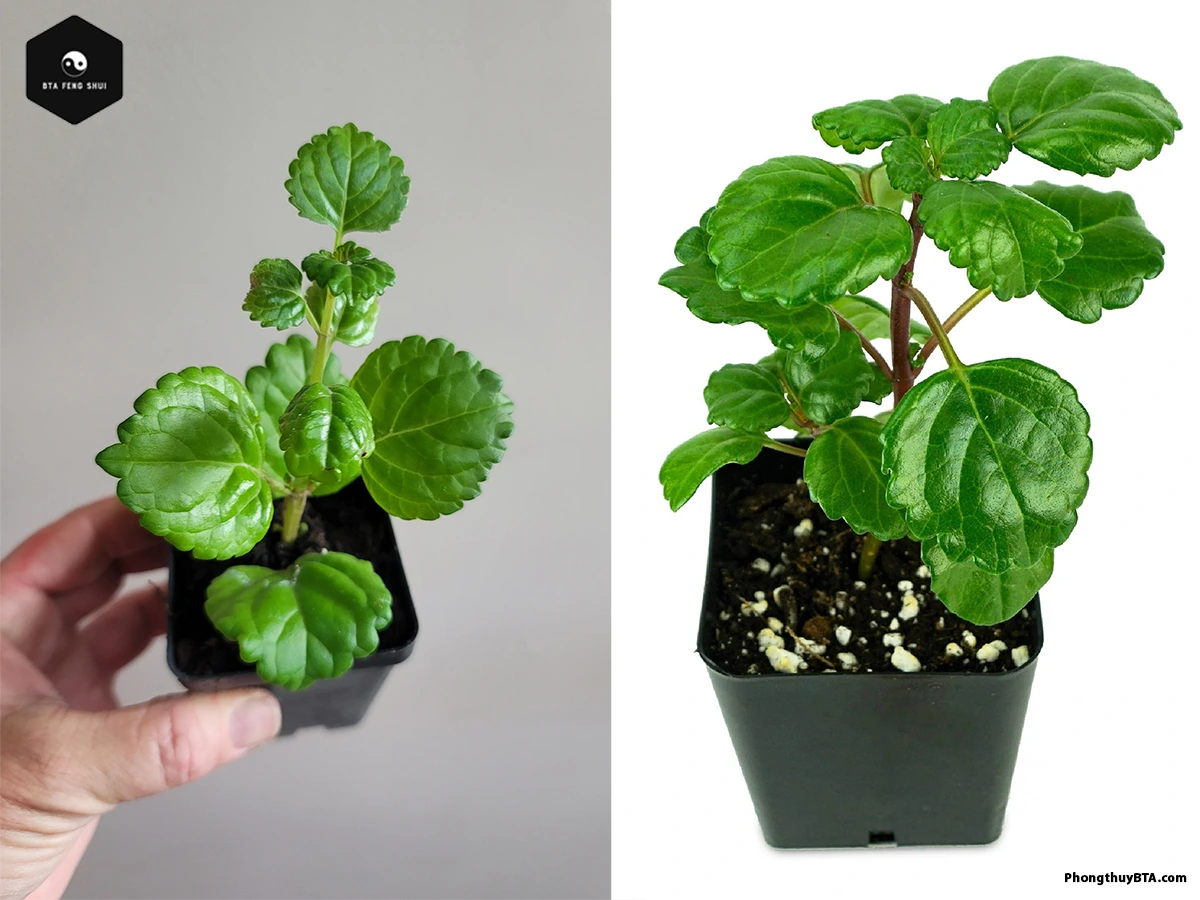
Essential Characteristics:
- Common Names: Swedish ivy, Swedish begonia, creeping charlie, whorled plectranthus
- Scientific Name: Plectranthus verticillatus (syn. Plectranthus nummularius)
- Family: Lamiaceae
- Plant Type: Tender perennial, often grown as a houseplant or annual
- Mature Size: Trails up to 60 cm, with heights of 10-30 cm
- Native Area: Southern Africa (Cape Provinces, KwaZulu-Natal, Eswatini, Mozambique)
- Bloom Time: Sporadic blooms in spring or late autumn, featuring white or pale purple flowers
- Toxicity: Non-toxic to cats and dogs, a safe choice for pet owners
Visual and Growth Traits
This plant showcases glossy, rounded leaves with serrated edges, often with a purple hue in the center or undersides, especially in purple Swedish ivy. Variegated varieties feature white-edged leaves for added elegance.
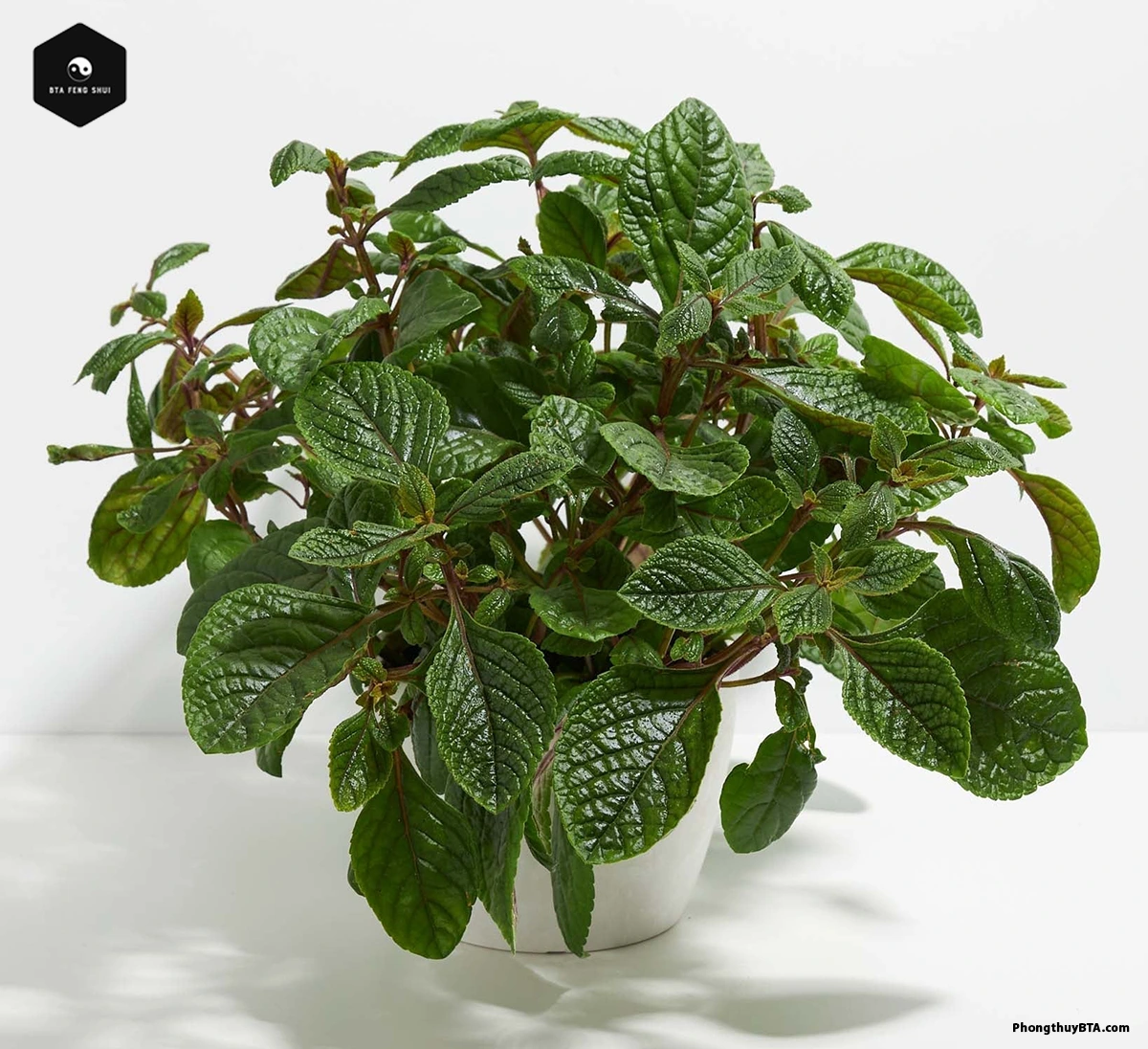
Its semi-succulent foliage and trailing stems suit hanging baskets or non-invasive groundcover in warm climates (USDA zones 10-11). Unlike clinging ivies, it grows freely without attaching to surfaces.
Popular Varieties
- Plectranthus verticillatus: Green leaves with subtle purple undertones.
- Plectranthus oertendahlii: Variegated with silvery-white accents, perfect for decor.
- Purple Swedish Ivy: Bold purple stems and leaf undersides for dramatic flair.
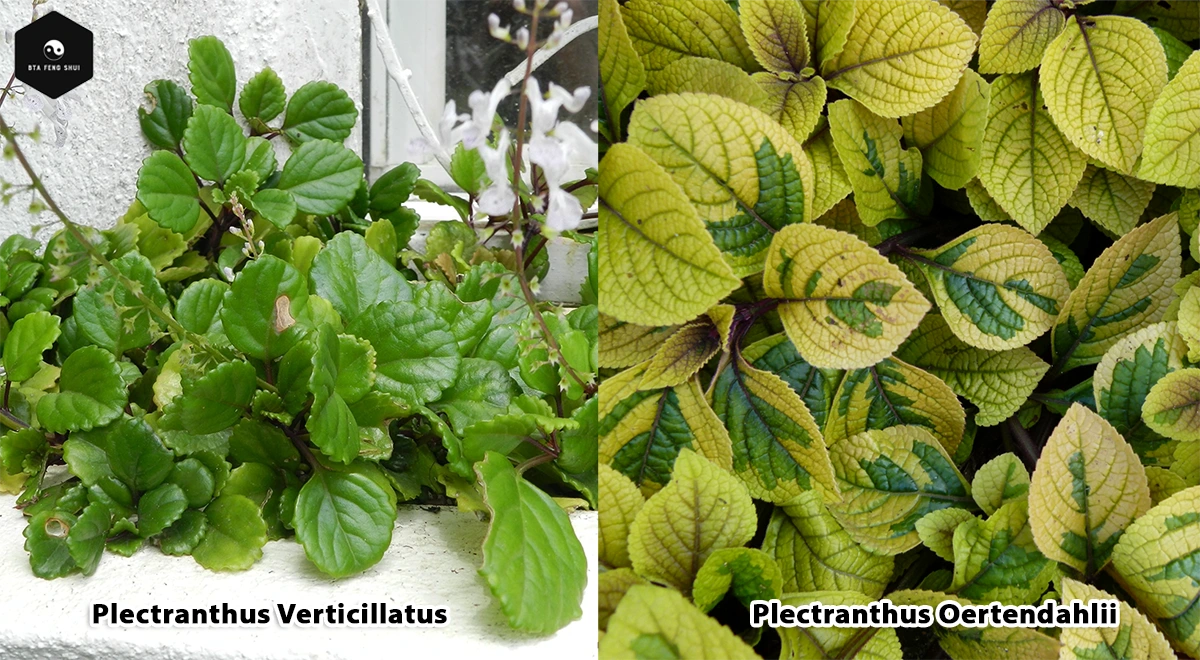
Growth Notes
Swedish ivy grows quickly in optimal conditions but remains non-invasive, unlike English ivy. Regular pruning keeps it tidy and encourages lush, bushy growth, making it a versatile addition to any plant collection.
Feng Shui Significance of Swedish Ivy
In Feng Shui, Swedish ivy embodies the Wood element, symbolizing growth, renewal, and emotional balance. Its flowing vines create a calming atmosphere, enhancing positive energy flow.
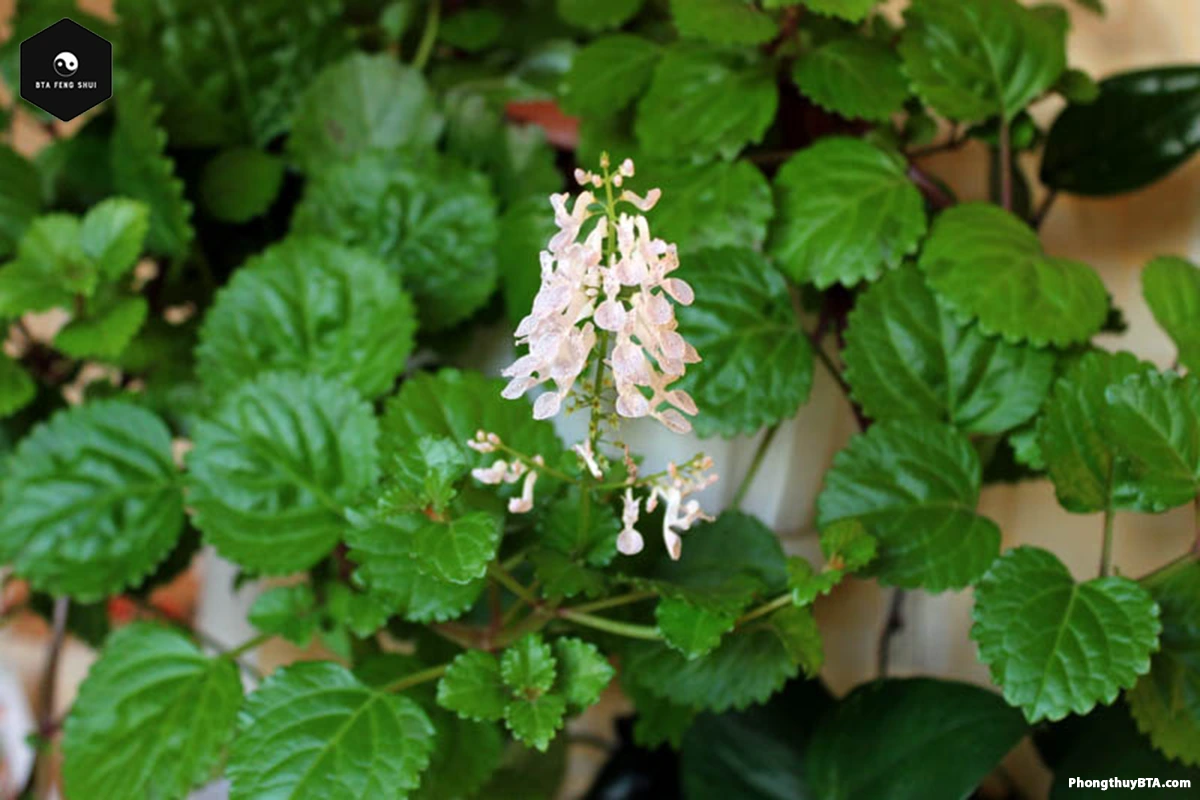
Attracting Wealth and Serenity
The plant’s vibrant foliage draws prosperity when placed in the Southeast (Wealth) corner. Its gentle, cascading form promotes emotional calm, ideal for relaxation areas. The intertwining vines represent unity, strengthening bonds in shared spaces.
Best Placement Practices
Position Swedish ivy in hanging baskets near windows to soften sharp edges and invite vibrant chi. Outdoors, it thrives in shaded garden nooks, fostering tranquility. Avoid low-energy zones like bathrooms to maintain its uplifting energy.
Read more:
How to Care for Swedish Ivy
Swedish ivy is forgiving and easy to grow, perfect for novice gardeners. These concise, expert tips ensure your plant thrives indoors or in shaded outdoor spaces.
Swedish Ivy Propagation
Propagating Swedish ivy is simple and rewarding.
- Select a healthy 3-4 inch stem, cutting just below a node.
- Remove lower leaves and place the stem in a glass of water or moist potting mix.
- In water, roots emerge within 1-2 weeks under bright, indirect light.
- In soil, maintain consistent moisture, and roots form in 2-3 weeks.
- Transfer rooted cuttings to a pot or keep in water for a hydroponic display, refreshing water weekly to prevent stagnation.
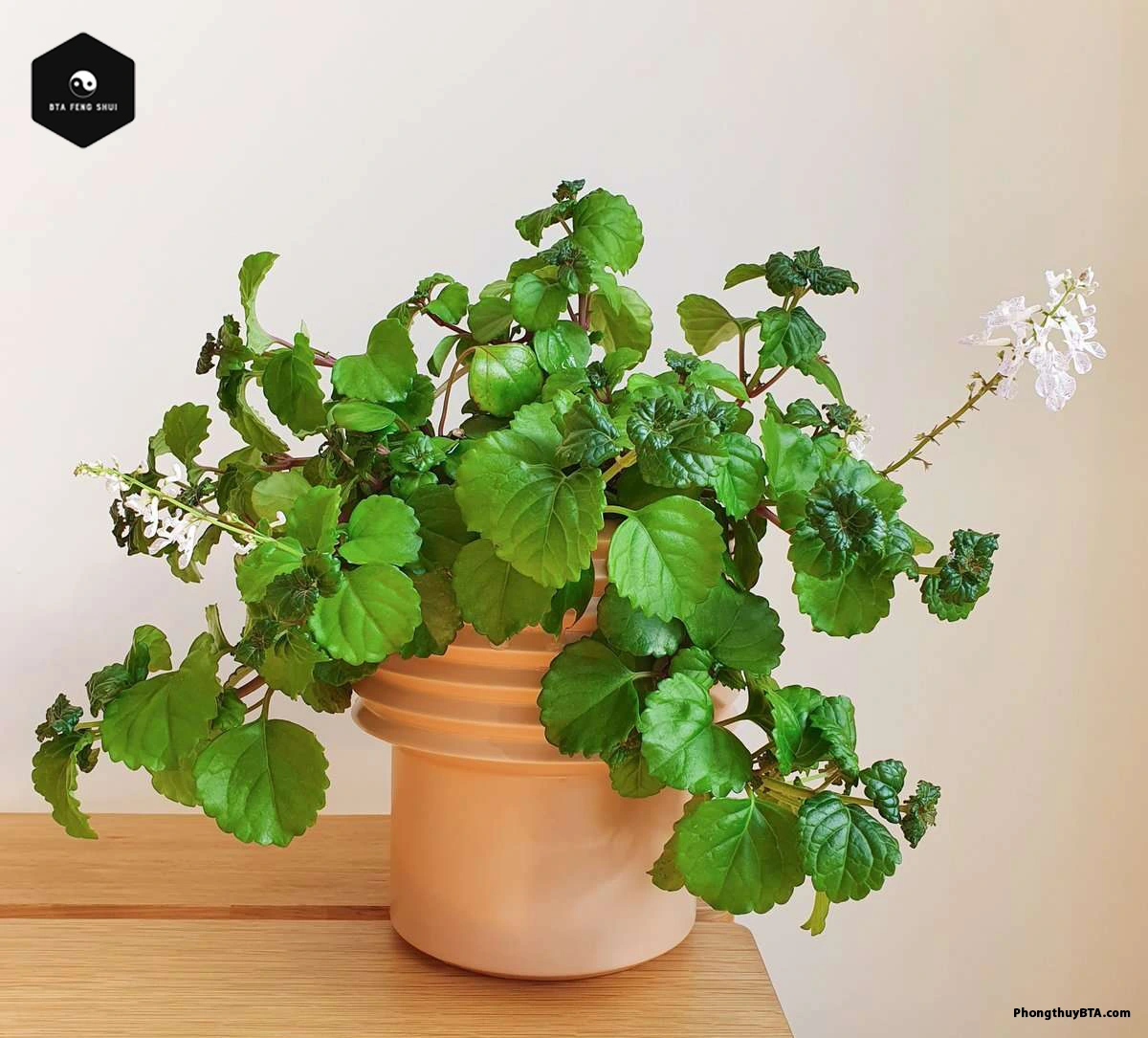
Soil and Planting
A well-draining soil mix of peat moss, perlite, and vermiculite supports healthy growth. For indoor Swedish ivy, use pots with drainage holes to prevent waterlogging.
Alternatively, grow it hydroponically by maintaining stems in clean water, changed weekly. Plant with enough space for vines to trail naturally, enhancing its decorative appeal.
Light Requirements
Swedish ivy thrives in bright, indirect light, such as near east or north-facing windows. Direct sunlight can redden leaves, signaling stress; move to a shadier spot if this occurs.
Supplement with a grow light in low-light conditions to sustain vigorous growth, especially during winter.
Watering Needs
Water when the top inch of soil feels dry, typically every 5-7 days. The plant’s leaves droop when thirsty, making it easy to gauge needs. Ensure thorough drainage to avoid root rot. In winter, water less frequently, keeping soil slightly moist. For hydroponic setups, change water weekly to maintain root health.
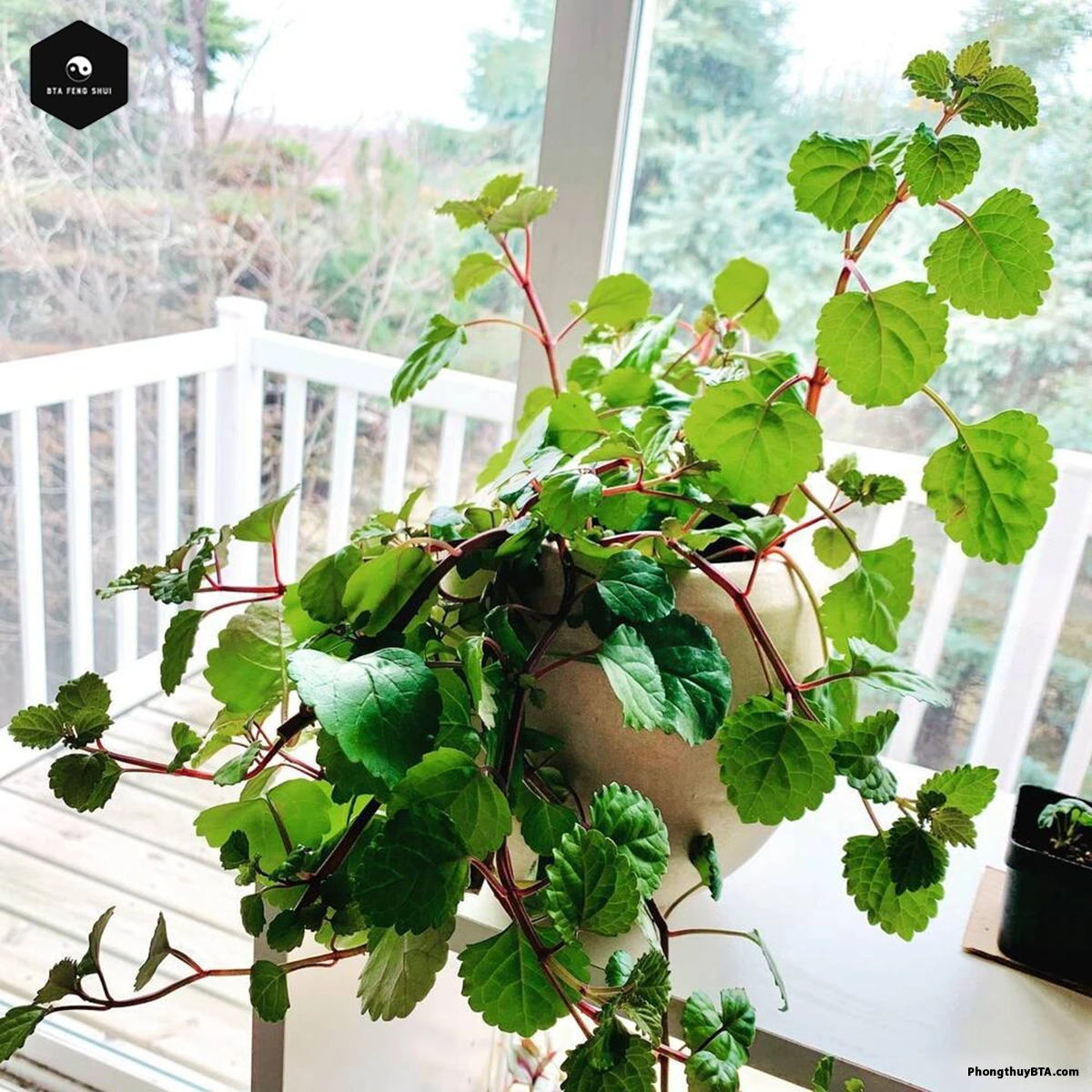
Temperature and Humidity
Keep temperatures between 60-75°F (16-24°C), with tolerance for brief drops to 40°F. Protect from frost, as Swedish ivy is sensitive to cold.
Standard room humidity (30-50%) is sufficient, but misting or a pebble tray boosts lushness in dry environments. Ensure good air circulation to prevent fungal growth.
Fertilizing
Feed every two weeks in spring and summer with a half-strength 10-10-10 liquid fertilizer. For Swedish ivy flowering, use a high-phosphorus formula in spring.
Stop fertilizing in fall and winter to respect the plant’s dormancy. Apply to moist soil to prevent root burn.
Pruning
Prune in spring or after flowering to maintain shape and encourage bushiness. Use clean scissors to cut above a leaf node, removing leggy stems or faded blooms. Regular trimming prevents sparseness and keeps Swedish ivy looking full and vibrant.
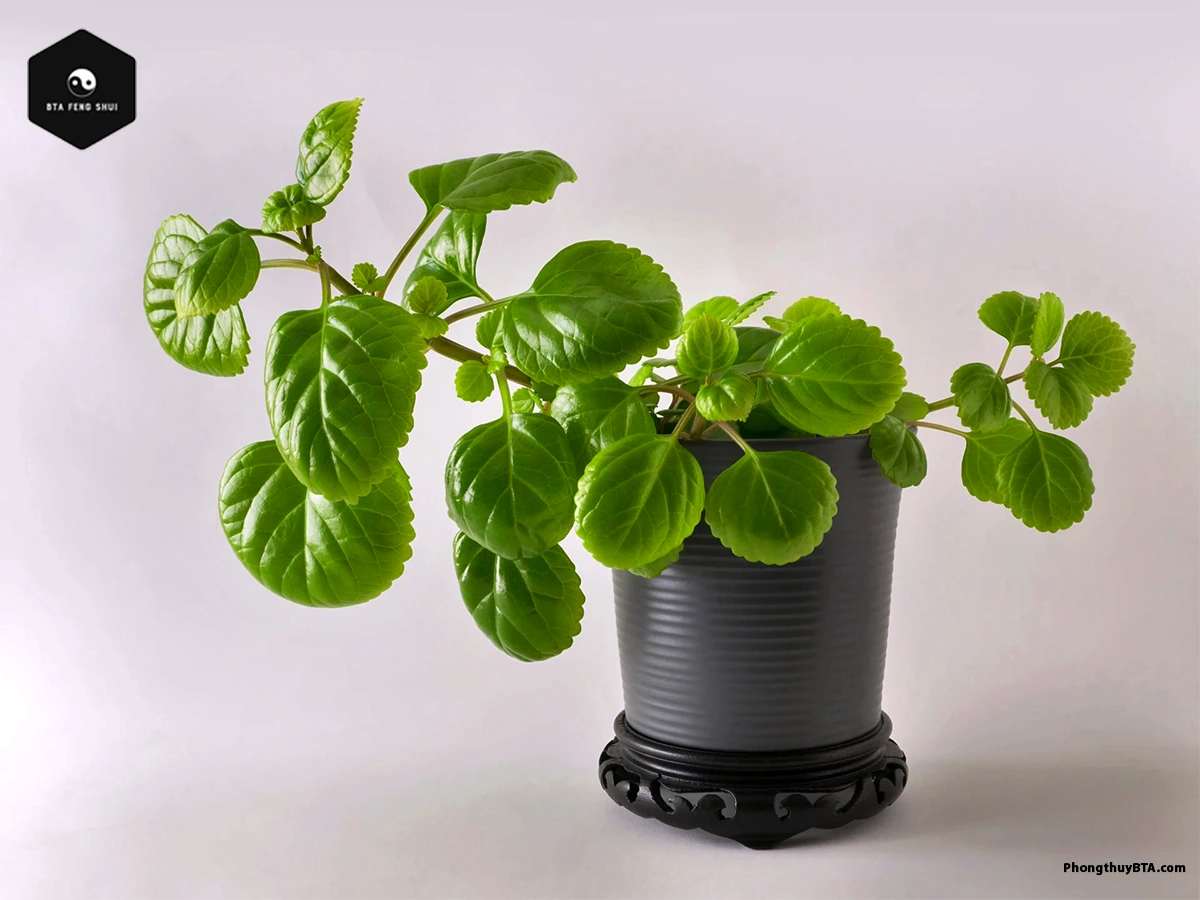
Repotting
Repot every 1-2 years in spring, using a slightly larger pot with fresh, well-draining soil. Gently loosen roots and water thoroughly post-repotting to aid adjustment.
Avoid oversized pots, as Swedish ivy prefers snug conditions for optimal growth.
Pests and Common Issues
- Spider mites and mealybugs may appear, causing pale leaves or white, cottony masses. Treat with insecticidal soap or neem oil, applied twice, one week apart.
- Root rot from overwatering causes wilting; remove affected roots and repot.
- Dull leaves indicate too much light—relocate to a shadier area.
Additional Benefits of Swedish Ivy
Swedish ivy enhances your home beyond its visual charm, offering practical and emotional perks.
- Air Purification: Its dense foliage filters indoor pollutants, improving air quality.
- Decorative Versatility: Ideal for hanging baskets, shelves, or mixed planters, adding elegance.
- Stress Relief: The plant’s soothing green hues promote calm and mental clarity.
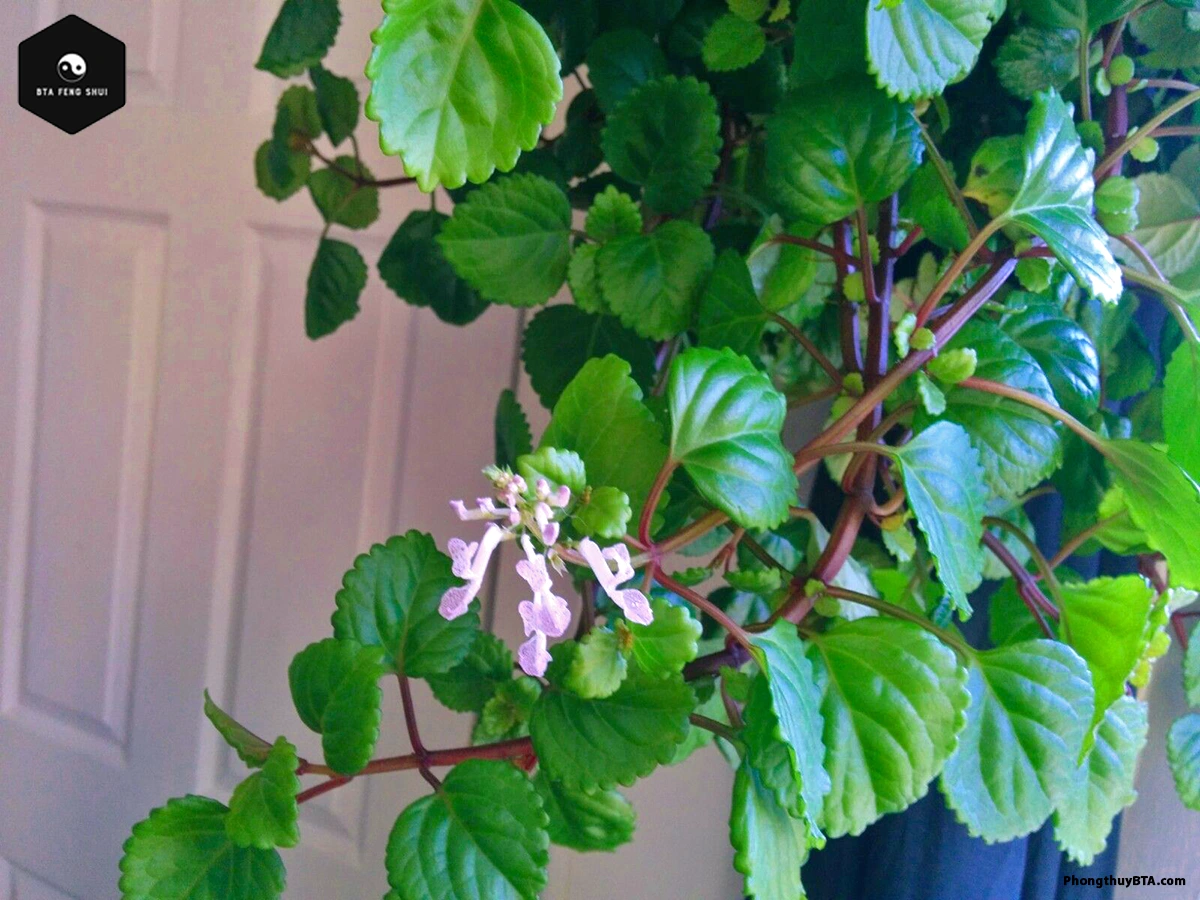
Frequently Asked Questions About Swedish Ivy
How to Care for a Swedish Ivy?
Place in bright, indirect light, water weekly when soil is dry, and fertilize biweekly in spring and summer. Prune regularly and repot every 1-2 years for healthy growth.
Does Swedish Ivy Produce Flowers?
It may bloom with small white or pale purple flowers in spring or late autumn, enhanced by high-phosphorus fertilizer, though indoor flowering is less frequent.
Is Swedish Ivy Safe for Pets?
Yes, Swedish ivy is non-toxic to cats and dogs, making it a pet-friendly houseplant.
Loved this guide on Swedish ivy care and Feng Shui benefits? Please leave a 5-star review and share it to inspire others! Visit BTA Feng Shui for more plant wisdom.
























